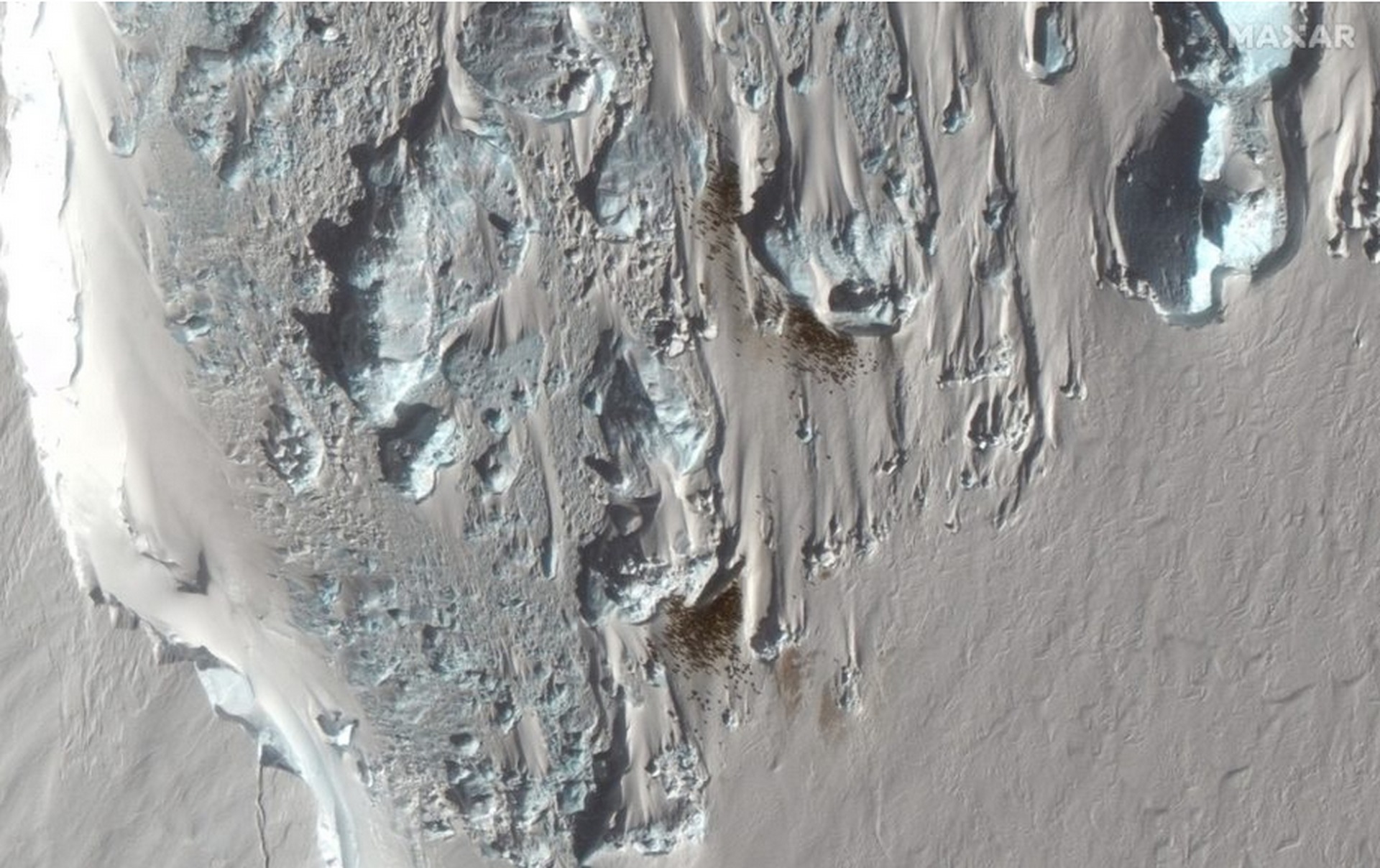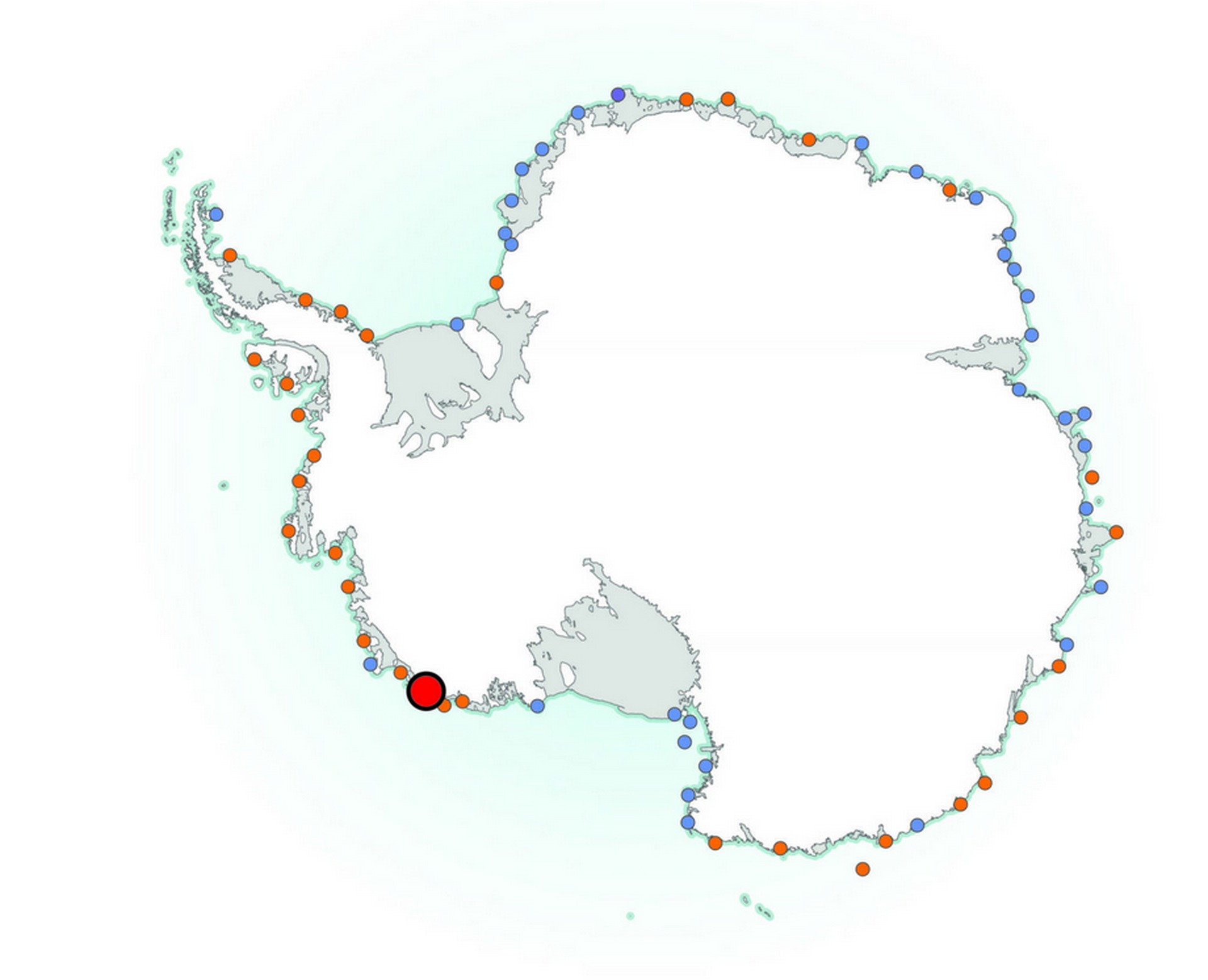Satellite images are of great importance for both science and military affairs. Their ultra-sensitive sensors help to view the Earth’s surface from orbit in detail for various purposes. But recently, scientists used an expensive satellite to study penguin excrement, which led to another discovery.

When scientists viewed images of the Copernicus Sentinel-2 satellite mission, as well as the Maxar WorldView-3 satellite, scientists could recently confirm the existence of a new colony of emperor penguins consisting of about 500 birds.
Brown on white
The British Antarctic Survey (BAS) reported that thanks to the spots of bird excrement, which were visible even from space because of their characteristic brown color against the background of white snow and ice, scientists were able to identify the hidden colony. The following image was taken by the Maxar satellite and showed the location of the newly discovered colony at Cape Verleger in West Antarctica.

The new discovery means that scientists now have data on 66 colonies of emperor penguins along the coast of Antarctica, with half of them discovered using satellite images.
“This is a fascinating discovery. New satellite images of the Antarctic coastline have made it possible to find many new colonies. And although this is good news, the new colony is small,” explained Dr. Peter Fretwell, who studies wildlife from space at BAS.

Endangered species of penguins
The Emperor Penguin is the tallest and heaviest of all existing types of penguins. Last year, the US government declared it an endangered species due to the effects of climate change. Scientists predict that by the end of the century, 80% of colonies will become quasi-extinct.
Imperial colonies in West Antarctica are very difficult to study, as they live in remote and hard-to-reach places. Also in these places the temperature often drops to -60°C. It was these factors that prompted BAS to start using satellite images 15 years ago, carefully looking for excrement spots on white ice.
Follow us on Twitter to get the most interesting space news in time
https://twitter.com/ust_magazine

